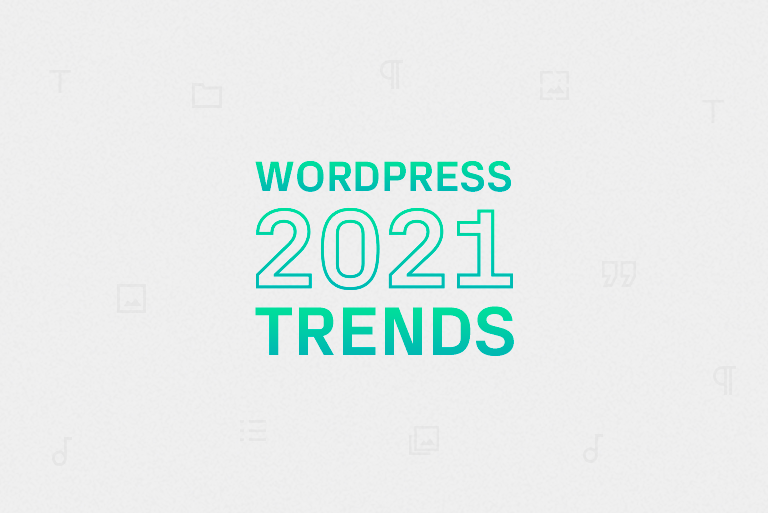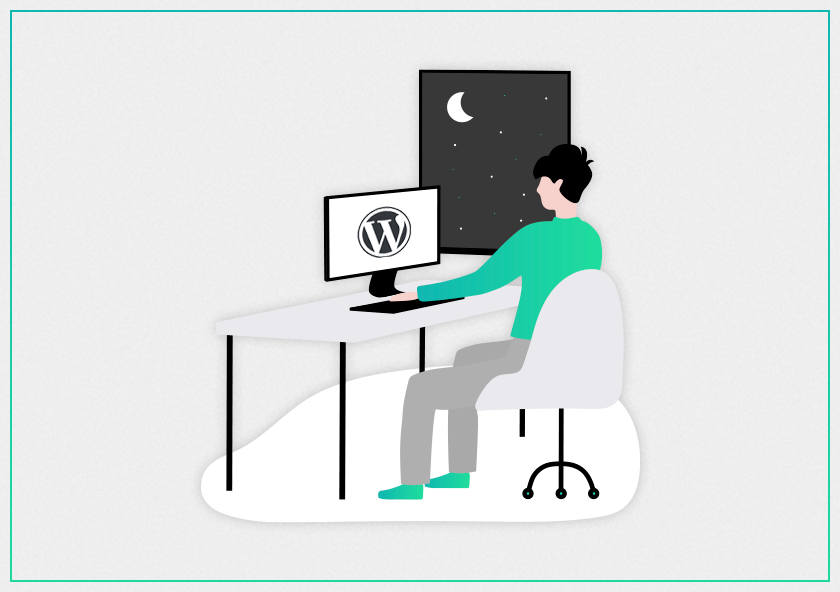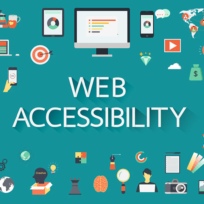
2020 was surely a year to remember, but what about 2021? It is bound to be at least that spectacular, especially in terms of WordPress development.
In 2021, we expect the WordPress development to primarily focus on enhancing the Gutenberg blocks’ possibilities, alongside the extended support for many of the popular drag and drop page builders and other visual content management solutions. The team’s main focus will most likely be to make the transition between editing pages and the end result as smooth and easy as possible.
The major WP releases to roll out this year will still be primarily concentrating on building upon the current Gutenberg blocks system, as to enable the seamless full site editing aided primarily by them. Gutenberg blocks will become more advanced, giving the user an ever-increasing range of possibilities, at the same time providing the website performance that has never been achieved before in this platform.
Thanks to the growing social awareness and the introduction of more advanced technological possibilities, there will definitely be more thought and work committed to bettering the Web Accessibility aspect of the WordPress websites. Here, in addition to the simplified page navigation and an option to modify the visibility of certain elements on a given page, much more emphasis will be put on expanding the tools that enable voice search functionalities for WordPress websites – both on the frontend AND in the backend side of things.
Due to the changes that our whole world has been experiencing starting early last year, we can note a significant growth in the number of active e-commerce platforms – and can confidently predict this trend is bound to stay with us for quite a while. We expect no changes in the level of the steady increase in new advanced stores and WooCommerce-tailored solutions that support them. We will be able to notice a significant improvement in the payment process, particularly in its security aspect and versatility, due to the continuous rise of cryptocurrencies.
Also during the last year, we’ve noted a significant increase in the number of solutions that provide 24-hour support. Both Live Chats and Chatbots have become increasingly more developed, which is an expected byproduct of this increasing popularity. We have been implementing them as commonly as never before!

There has also been a noteworthy growth tendency observed in the Progressive Web Apps which development has become more and more commonplace and behave much more like Native Apps. They provide a smooth user experience that also results in significantly increased security, better user experience, and faster page loading.
More importantly than ever before, there’s a growing need in writing JavaScript code in accordance with up-to-date standards such as ES6, ES7, ES8 and ES9. They are now necessary more than ever if you want your JS code to be lightweight and written in a top-notch, competitive quality. They form a JavaScript must-have basis for every modern website implementation.
Lastly, it would be a significant oversight if I didn’t mention the Headless WordPress Applications that are steadily gaining traction in our industry.
They are most commonly based on the best and most versatile JavaScript frameworks out there (Frontier, Gatsby, NextJS) which are all helping us achieve a new level of WordPress quality and all-around impressive web performance metrics!
The future is bright and we’re ready to embrace it fully at Cut2Code. I hope that this article has provided you with some insight in what you and your company can expect in the upcoming months, from the continuous increase in Gutenberg Blocks performance, better Web Accessibility, changes in WooCommerce and further development of Chatbots and Live Chats, down and to the ceaseless rise of Progressive Web Apps, new JavaScripts standards and Headless WordPresses.
See also

Cut2Code Clinches Clutch Global Award
Read article
A Comprehensive Guide to Oxygen: Maximizing Your Web Development Experience.
Read article

